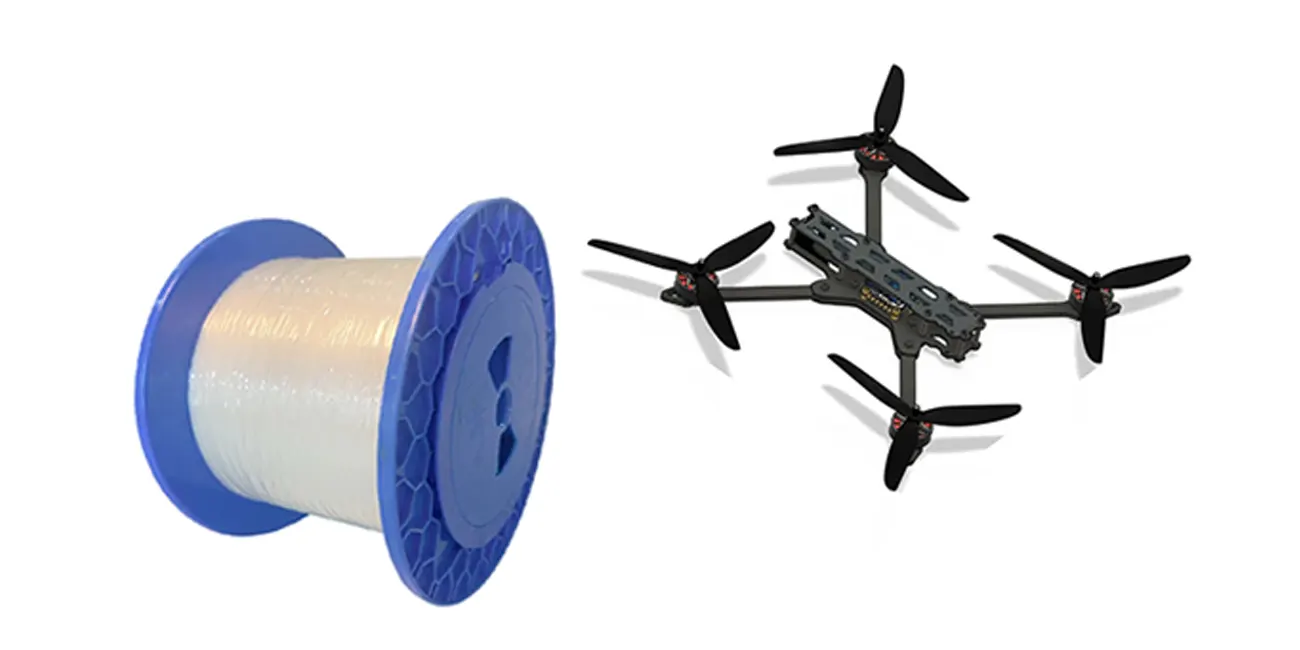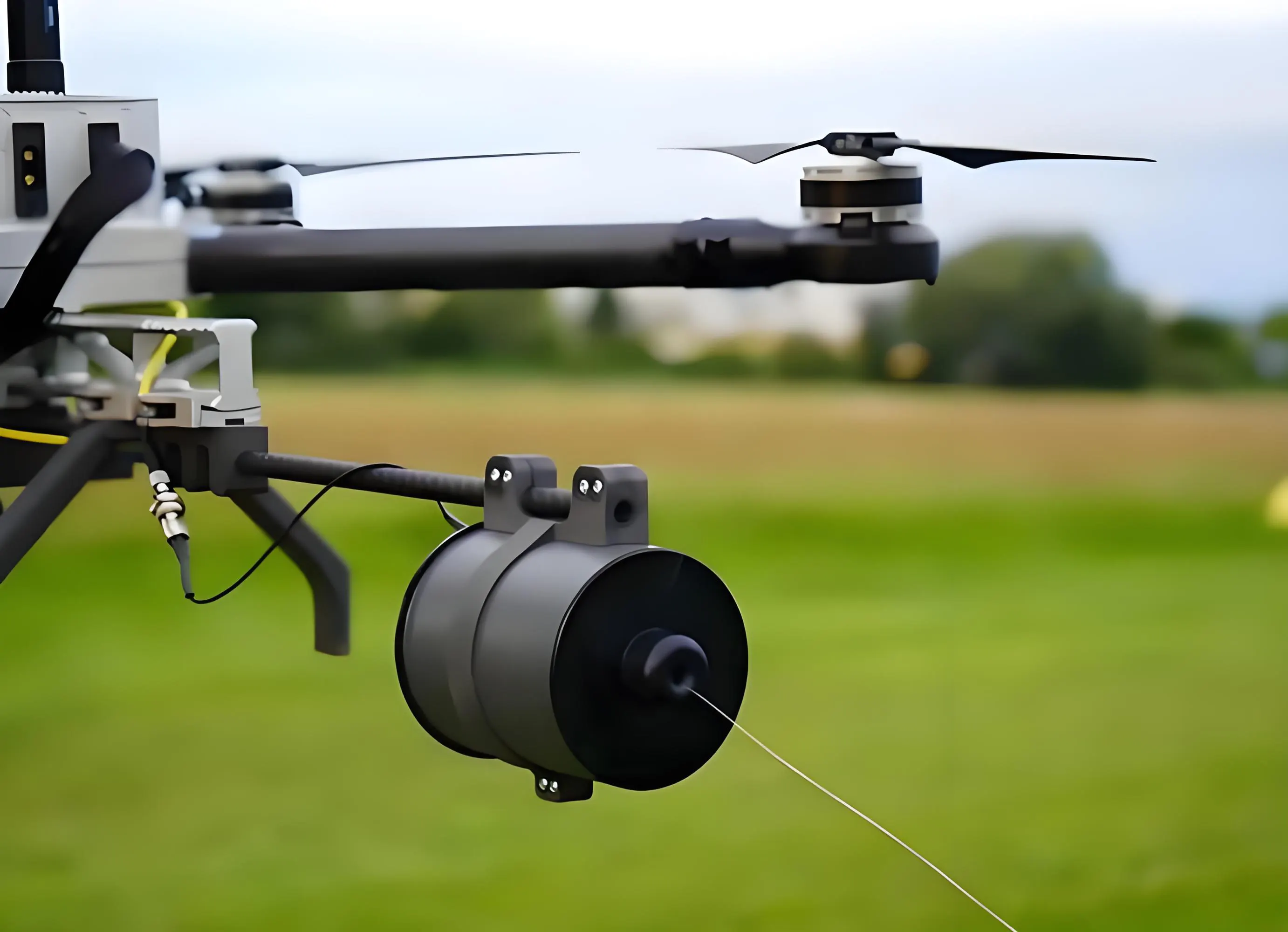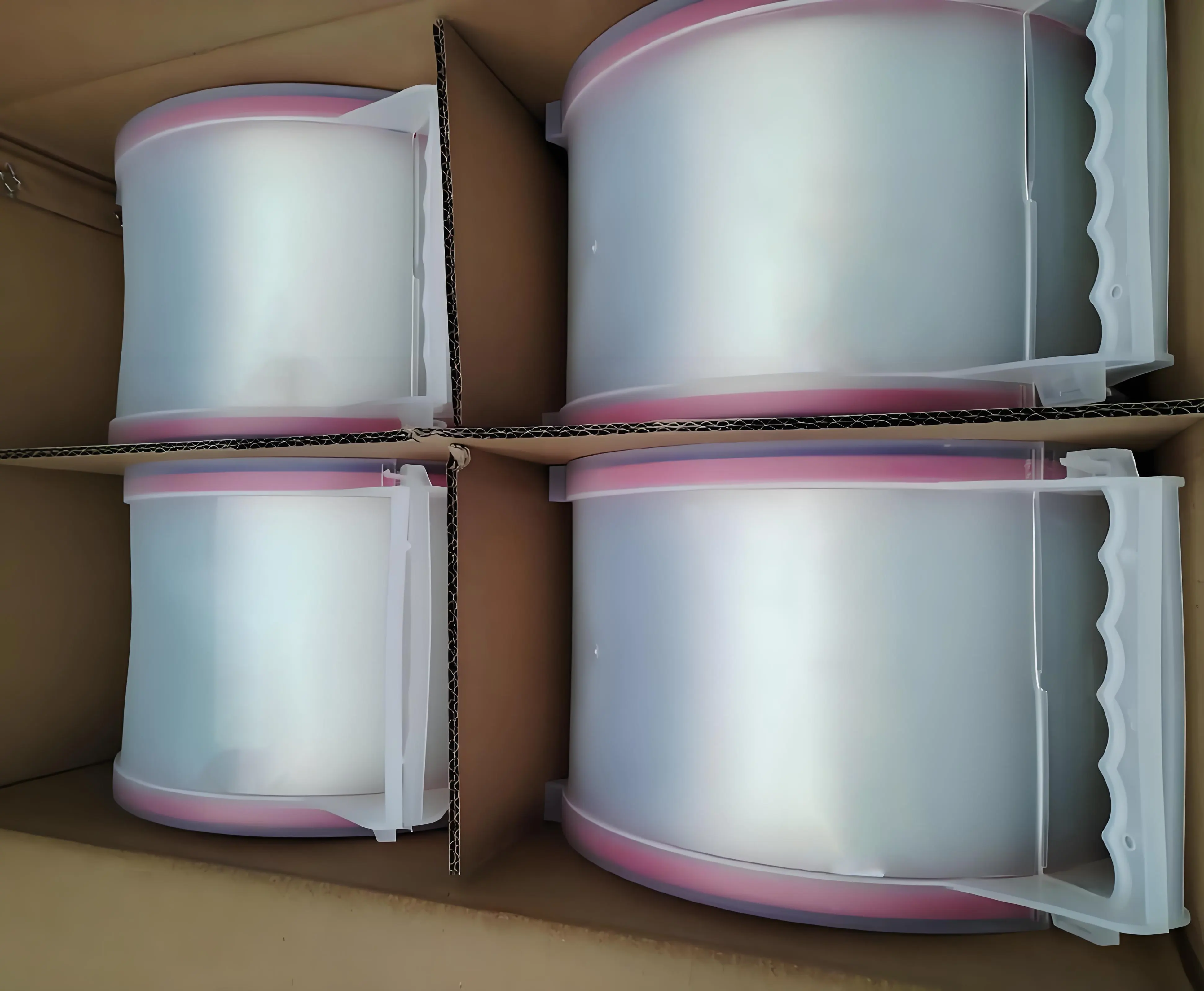
By quanyu lee
2025-08-11 03:27:54
What Is a Drone Fiber Optic Cable?
In modern unmanned aerial vehicle (UAV) technology, the Drone Fiber Optic Cable plays a crucial role in enabling high-speed, low-latency communication between drones and ground stations. Unlike traditional copper wiring, fiber optic cables use light signals to transmit data, making them ideal for drone applications that require high bandwidth and electromagnetic interference resistance.
Defining Drone Fiber Optic Cable
A Drone Fiber Optic Cable is a lightweight, durable optical cable specifically designed for unmanned aerial systems. It can transmit large amounts of data over long distances with minimal signal loss. This makes it perfect for applications such as aerial photography, real-time video streaming, LiDAR scanning, and remote sensing.
It’s important not to confuse a fiber optic cable for drones with standard fiber cables used in telecommunication networks. While both share the same light-based data transmission technology, drone cables must be flexible, lightweight, and resistant to environmental challenges like high winds, vibrations, and temperature changes.
How Drone Fiber Optic Cables Work
The working principle of a drone fiber optic cable is based on light transmission through a core made of glass or plastic. The cable’s lightweight structure ensures that it does not burden the drone, while its shielding protects against mechanical stress and weather exposure.
Using UAV fiber optic cable technology allows drones to transmit ultra-high-definition (UHD) video signals, telemetry data, and sensor readings without delay, even over long operational distances.

Applications of Drone Fiber Optic Cables
The drone fiber optic communication system is widely applied in:
- Aerial Mapping and Surveying – For LiDAR data collection, photogrammetry, and 3D modeling.
- Security and Surveillance – Fiber optic cables enable drones to send encrypted real-time video feeds for defense, border monitoring, and law enforcement.
- Industrial Inspection – UAV fiber optic cables are used in inspecting pipelines, power lines, wind turbines, and offshore platforms.
- Scientific Research – Fiber optic-equipped drones gather environmental, meteorological, and geological data.
In all these scenarios, the fiber optic cable for drones provides high reliability and low latency, ensuring mission-critical operations are not interrupted.
Advantages of Using Drone Fiber Optic Cables
Compared to other communication options, drone fiber optic cables offer:
-
High Bandwidth – Capable of supporting 4K/8K video streaming.
-
Low Latency – Real-time control without noticeable delay.
-
Electromagnetic Immunity – Unaffected by strong radio signals.
-
Durability – Resistant to wear, bending, and environmental damage.
These advantages make drone fiber optic communication the preferred choice in both commercial and defense applications.
Choosing the Right Drone Fiber Optic Cable
When selecting a drone fiber optic cable, consider:
-
Weight-to-Strength Ratio – The cable should be lightweight but strong enough to withstand tension.
-
Bend Radius – A smaller bend radius ensures flexibility during drone maneuvers.
-
Environmental Resistance – Protection against UV, moisture, and abrasion is essential.
-
Connector Compatibility – Ensure it matches the UAV’s optical interface.
Choosing the right UAV fiber optic cable ensures optimal performance, safety, and mission success.

The Drone Fiber Optic Cable is more than just a piece of hardware—it’s the backbone of high-performance UAV communication systems. From military reconnaissance to industrial inspections, its role in transmitting vast amounts of data quickly and securely cannot be overstated. As drones become more advanced, the demand for specialized fiber optic cable for drones will only continue to grow.



